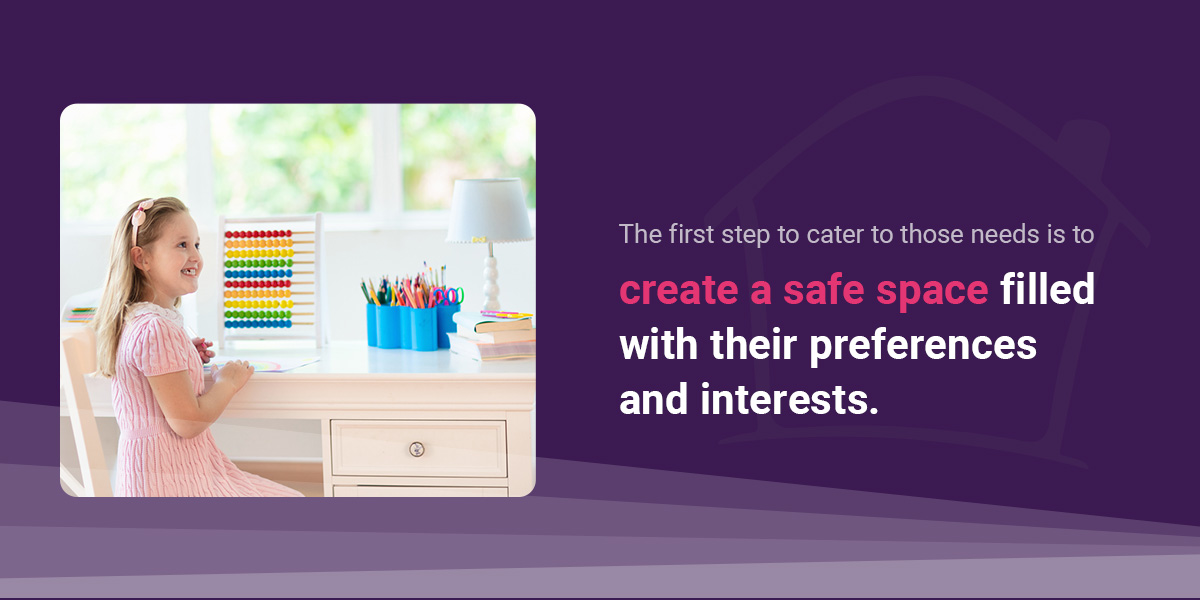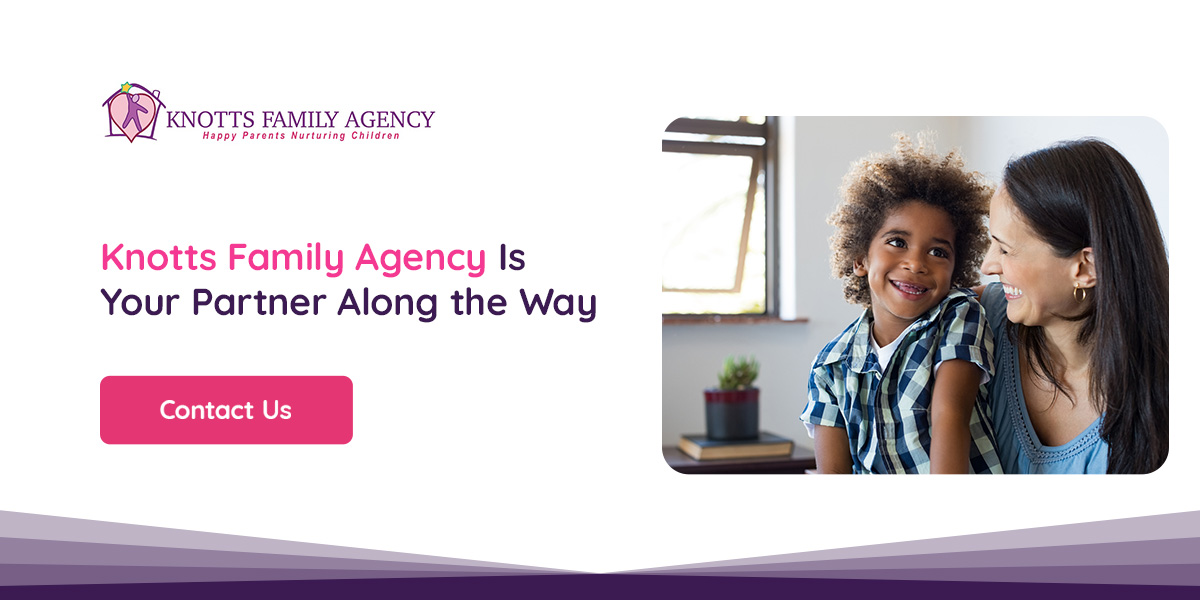Fostering a child can be exciting. It helps you care for a child’s needs while welcoming a new member into your family, even if it is only temporary. That said, challenges include navigating the child’s trauma responses and building trust in your new relationship.
Foster care is a significant event and requires preparation. From the application, adjustment, and transition period, this article details what to expect when fostering a child.
Application, Matching, and Approval Process
You need a license to turn your home into a foster home. The process length varies depending on your submitted documents and background check, but you may be approved in as little as two weeks. Some agencies, like Knotts Family Agency, let you monitor your application through a secure portal. Here’s what the process looks like:
- Apply with a state agency: For a smooth application, provide the essential documents accurately and completely.
- Background check: At the federal, state, and local levels, a criminal background check is required in case of a history of sexual offense, substance abuse, and domestic abuse. You also need employment verification and character references. You’ll be assessed for your physical and mental health, which may be verified by a licensed health professional.
- Preapproval training: States may require a minimum number of hours for preapproval training. California requires a minimum of 12, but counties may have additional requirements. This training prepares you for the responsibilities of foster parenting.
- Home inspection and interview: The agency will assess your entire home, also known as a home study, and require ownership or rental documents. Typical interview topics include your motivation for fostering a child, your personal upbringing, and how children are disciplined in your home.
- Agency approval and county clearance: Once an agency approves your application, your file may be forwarded to the county for final clearance.
The agency will try to find a suitable match immediately after the home study. Note that multiple families may be interested in the same child, which affects the process.
Social Workers and Agencies
Social workers and agencies play a huge role in foster parent support. They help you match with a child who fits your circumstances, while also serving as a consistent adult in the foster child’s life. Some foster children may have switched families multiple times — social workers within agencies offer the sense of stability that they need.
Social workers also build relationships with foster children and their birth families. This supports the primary goal of foster care, which is to achieve reunification if possible. They also help you access services, such as therapy or counseling, if the child needs them.
Note that you may also be required to make other health care appointments, like dental and vision, that may have been neglected in the child’s previous household.
First Few Weeks
The foster care adjustment period varies, but you can expect the first few weeks to be a period of discovery. It can take a while for the child to trust you, so they may keep their distance at the beginning. Depending on their history, they may also struggle to form deeper bonds.
Give the child time to adjust to their new environment to avoid overwhelming them. While it’s exciting for you to have a new family member, consider postponing any visitors for a while, too.
How to Build Trust and Relationships
During a foster child’s transition period, it’s best to take the necessary steps in building trust and improving your relationship. Consider doing the following:
- Create a warm and inviting space: Just like any other child, your foster child has emotional needs. The first step to cater to those needs is to create a safe space filled with their preferences and interests. This space is also ideally separate from the other children in the house and from any other gathering place that can trigger discomfort. Expect that they may spend most of their time in this space in the first few weeks.

- Set up routines: Routines help the child settle in their new environment. They also support good habits that promote overall health, growth, and development. Some children may have never experienced such structure in their previous household. To avoid overwhelm, consider starting slow and gradually introducing new items into the child’s routine.
- Establish open communication: The child should have plenty of opportunities to interact with you. Strive to make them feel valued and important, as foster children may struggle with issues of feeling unwanted, insecure, and uncertain of their future. Although they may not warm up right away, ensure you’re available when they need you.
How to Navigate Challenges
Navigating the challenges of fostering a child isn’t easy. These steps can help:
- Understand the behavioral challenges: Certain foster child behaviors are due to past difficult situations. They may experience outbursts, difficulty concentrating, trust issues, depression, or anxiety. Although younger children are more vulnerable, even older ones who no longer remember their experiences may still suffer from the traumatic events. In these instances, trauma-responsive practices can help, such as cooking their favorite meals, asking them what they’d like to do, or working with a social worker for therapy.
- Prepare for financial responsibilities: Although you may receive monthly payments for foster care, you must manage your finances well. Proper documentation is essential for how you use the funds provided. This can range from $1,000 to over $2,600 monthly. Foster children also qualify for Medi-Cal, which helps with medical expenses.
- Establish new family dynamics: Foster care affects every member of your family. If you have other kids, you should prepare them for the upcoming change. Help them understand that the attention they receive may be different now that there’s a new family member in the house.
Support and Resources Available for Foster Parents
Remember that support for foster parents is available. Although other parents may not relate to your circumstances, connecting with other foster families can offer the strength and emotional support you need.
In some instances, you can build a relationship with the foster child’s biological family. Because foster care is only a temporary solution, a harmonious relationship can make it easier for the child to reunify with their birth parents. Practicing empathy is essential, especially when coparenting. The agency may establish communication and visitation guidelines.
Agencies also offer training sessions to help you through the journey. You may also meet with foster families at the special events that agencies organize.
Possible Outcomes of Foster Care
Although the experience requires emotional investment, remember that foster care can end in different ways:
- Reunification: Reunification is usually the primary goal of foster care, if possible. However, this outcome would only be likely if it’s in the child’s best interest and is safe to do so.
- Adoption: Adoption gives you the biological parents’ rights. You become the child’s legal guardian, and the child will have the same rights as your other children in the family.
- Long-term foster care: Different reasons lead to long-term or permanent foster care. The foster child may be nearing adulthood and unlikely to return to their families. The court may also believe that reunification is possible, even if it is unlikely.
Knotts Family Agency Is Your Partner Along the Way
Although experiences with fostering a child vary, they can be rewarding. As an agency that understands the challenges, Knotts Family Agency can help. We’ve been working with foster parents since 1992. Our deeply personalized and parent-centric approach helped us become one of California’s fastest-growing agencies, equipping foster parents with the knowledge they need for the journey.
With our Get Paid to Get Trained program, you can enhance your fostering skills while receiving financial rewards for your commitment. We also offer specialized training for behavioral management to help you navigate your child’s previous experiences. Schedule an appointment today to get started.


